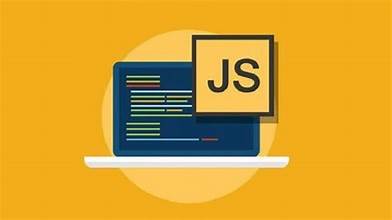
Introduction
Front-End Development and JavaScript Frameworks
- The tools and development for web development
Evaluating Application Requirements
- Speed and performance
- Maintainability
- Readability
- Integration with existing systems, applications and services
Evaluating Existing Talent
- Backend and frontend development experience
- Training and learning curves
Preparing the Development Environment
- Editors and IDEs
- Installing and configuring NPM and Node.js
Overview of the Web Development Cycle
- Version control, coding, building, testing, deploying
- Automation and continous integration
Exploring Angular
- Benefits: reusabilty, readability, maintainability, etc.
- Limitations: steep learning curve, migrating legacy
- Hands on: installing and configuring
- Hands on: implementing a todo list app
- Hands on: testing and debugging todo list app
- Building and deploying an Angular application
Exploring React
- Benefits: data binding, JSX, SEO-friendly, etc.
- Limitations: learning curve, JSX, React’s documentation, etc.
- Hands on: installing and configuring
- Hands on: implementing a todo list app
- Hands on: testing and debugging todo list app
- Building and deploying a React application
Exploring Vue
- Benefits: size, readability, etc.
- Limitations: lack of plugins, updated continuously, etc.
- Hands on: installing and configuring
- Hands on: implementing a todo list app
- Hands on: testing and debugging todo list app
- Building and deploying a Vue application
Summary and Conclusion